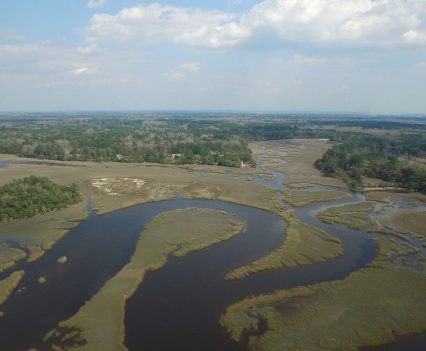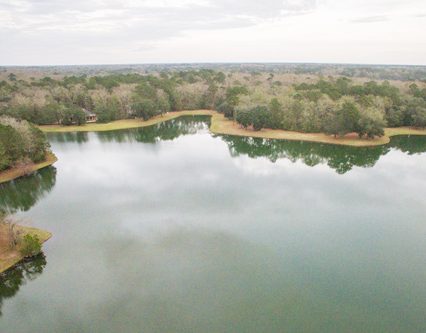The History Behind Bull Point
The Bull family made their presence known in the Carolinas with the arrival of Stephen Bull, the English appointed deputy of the Lords Proprietors of Carolina in 1670. In 1671 Stephen Bull assisted in the site selection for what would become the thriving Port City of Charleston. Interestingly enough, his oldest son William, assisted General James Oglethorpe in laying out the Georgia colony and, in particular, the city of Savannah, sixty-two years later. William also extended the families’ preeminence with his election to The Common House of South Carolina 1706-1719, and his appointment to The King’s Council of South Carolina 1721-1737 by Lord Carteret.
From 1738 until his death in 1755, William Bull served as Lieutenant Governor of South Carolina. He also served as acting Governor between 1737 and 1743. In 1729 he purchased a 6000 acre tract of land from Provost Marshall Thomas Lowndes in the Prince William Parish which included most of what would become Bull Point Plantation. He named this large tract Sheldon Plantation.
Lowcountry heritage, and Beaufort County history in particular, were inextricably bound to the Sheldon area commencing with the Tuscarora and Yemassee Indian Wars of 1715 in which the new town of Beaufort was destroyed and several hundred black and white settlers were killed. Some of the most significant fighting occurred in our area.
William Bull built and later was buried in the old Sheldon Church. The church was constructed in 1751 and served as the center for spiritual, social and political life of the people of the Prince William Parish. The Church was burned by the Tories in 1779, rebuilt in 1825-6, and damaged again by General Sherman in 1865. The historical church ruins still stand today about one half mile from the gates of Bull Point. It is for William Bull that Bull Point Plantation was named.
Survey records from this period are vague but they seem to indicate that the Ralph Izard family owned Tomotley Plantation, including some if not all of Bull Point from 1755 to 1860, except for the 10 years it was owned by James Deveaux. Colonel Nathanial Barnwell owned land on the point until 1913 when he and his wife Leila conveyed ownership of Bull Point and five other parcels of land to Mary McCurdy.
Vague plats as recent as 1952 indicate Tomotley Plantation and Bull Point Plantation were jointly owned and operated. The 750 acre peninsula known as Bull Point Plantation was named to showcase our rich history and culture. Bull Point is dedicated to the preservation of the natural beauty and historical heritage that has span generations. This commitment is clearly outlined in the recorded Bull Point Covenants & Restrictions which governs the development of Bull Point. The Architectural Review Board Committee is here to assist property owners in the building process and to preserve and protect the environment while offering homes of distinction to all.







